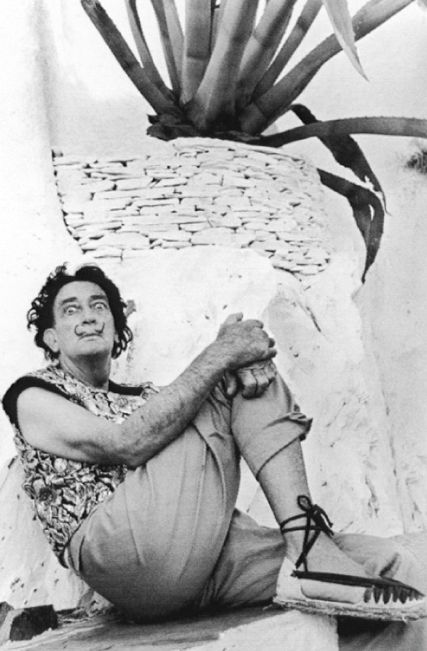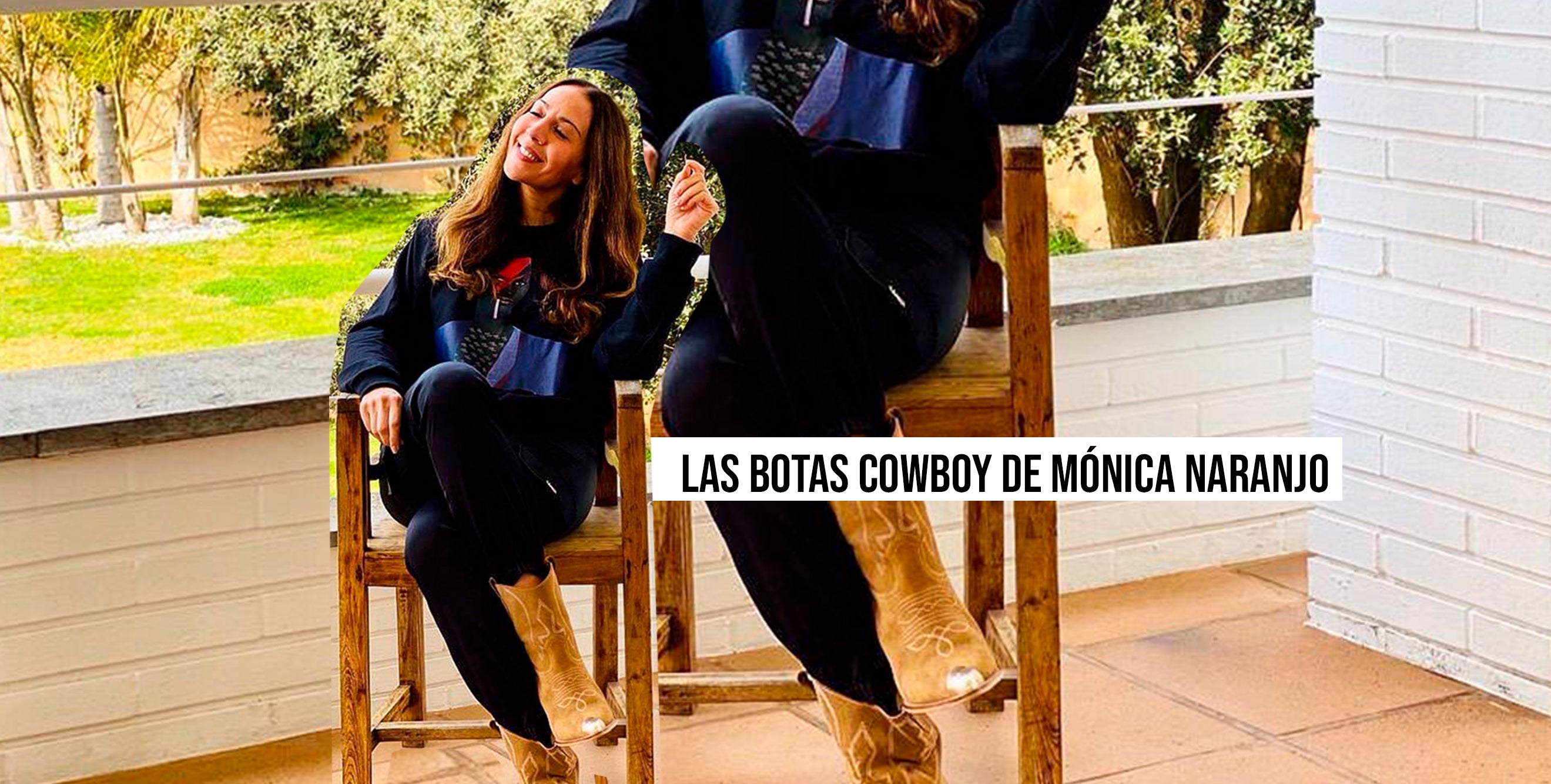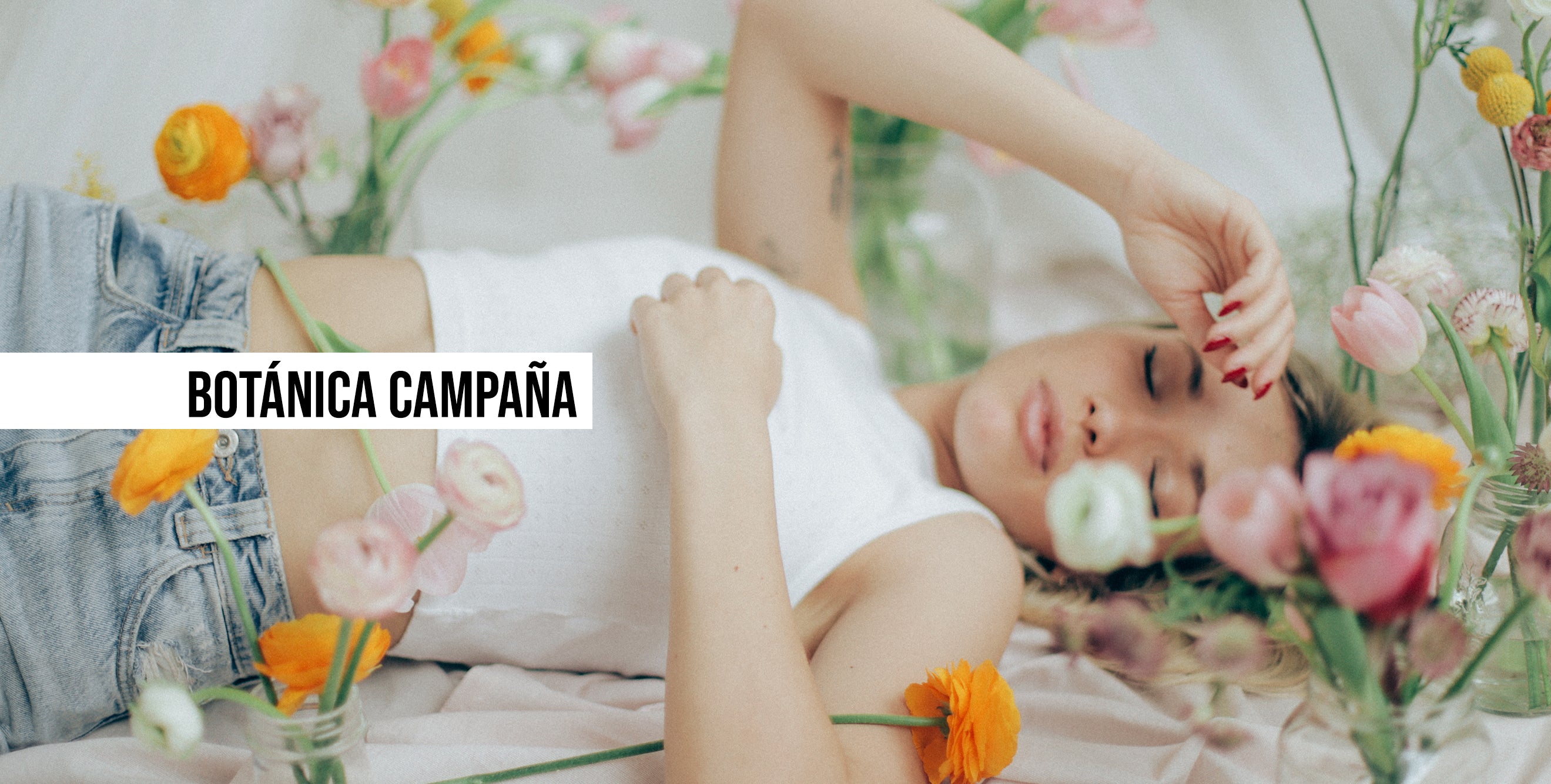
Natural jute, crafts made in the Mediterranean
The history of this type of footwear is undeniably linked to the Mediterranean Sea. The origin of shoes made with jute or esparto comes from cultures such as the Egyptian or Roman (3000 BC) and has remained in our daily lives since then.
Over the centuries, their use and design has changed, but the fascination with these spring shoes has remained intact. A humble shoe that ends up conquering the world of fashion. We tell you more curiosities about esparto grass and its composition.
The gold fiber
Esparto is textile fibers obtained from wild plants, very common in Spain and North Africa. Numerous objects were made with it, including clothing and shoes.

In Spain, the oldest esparto sandal is from more than 5,000 years ago and was found at the Bat Cave site in Albuñol, Granada. For almost all of history, the use of this type of footwear has been common, creating guilds and an entire specialized sector.
This material was known as the gold fiber, due to the golden color of its leaves and became the "national fiber" because of how important it was for the country's industry.
Espardenyes and Menorquinas
The most popular designs are those known as espadrilles and Menorquinas.
The first mention of espadrilles dates back to the 14th century in a Catalan document. It was a widely used shoe that is even part of the typical costume of some regions of Spain, in the south of France and in South American countries.
The Menorcan sandals were originally not made of esparto grass, but of tire soles, but these two designs were destined to come together.
Peasants used both designs for their long work days. The peasants or camperols needed comfortable and light footwear.
Currently, the esparto sole fills catwalks and brands from all over the world make a thousand and one different designs with it.
Catwalk designs
Chanel, Hermès and Christian Louboutin had been using these shoes for some time in their collections and actresses such as Audry Hepburn, Grace Kelly and Lauren Bacall wore them in photographs and on vacation.
Likewise, artists like Dalí or Picasso popularized them by wearing them in their daily lives and recognizing them as typical footwear.
In the early 70s, Yves Saint Laurent had a fashion vision with this popular footwear and introduced them into his collection, asking a well-known Spanish brand to create the first espadrille with a wedge.

Artisan heritage
It is in the Mediterranean area where the bulk of the alpargate sector is located. All along the coast and islands there are traditional factories with a great heritage of knowledge and know-how behind them.
At Bryan we always make our shoes by hand and the espadrilles had caught our attention because of the intrinsic history of our area. We wanted to get involved in the process and bring you the iconic shoe of our culture made, of course, by hand.
An adventure that we are especially proud of since the new Alpargatas collection has been a success, selling out some sizes of many of the models. If you haven't seen it already, check it out and get it before they sell out!





